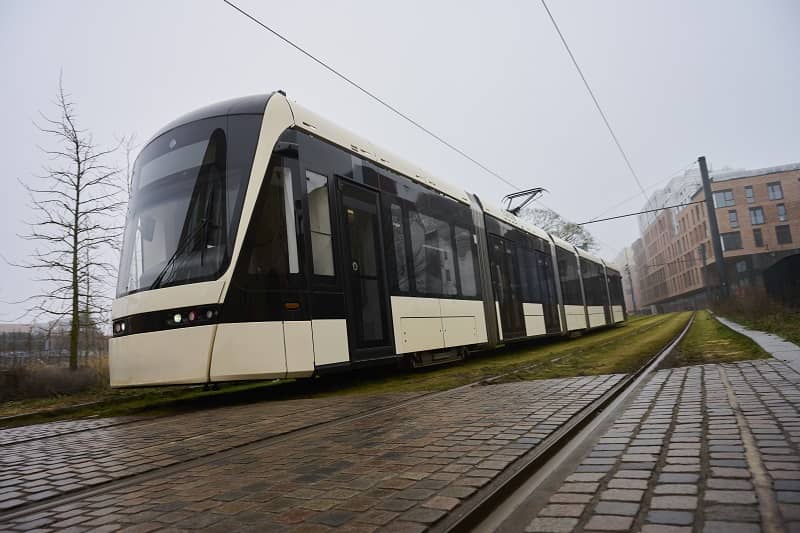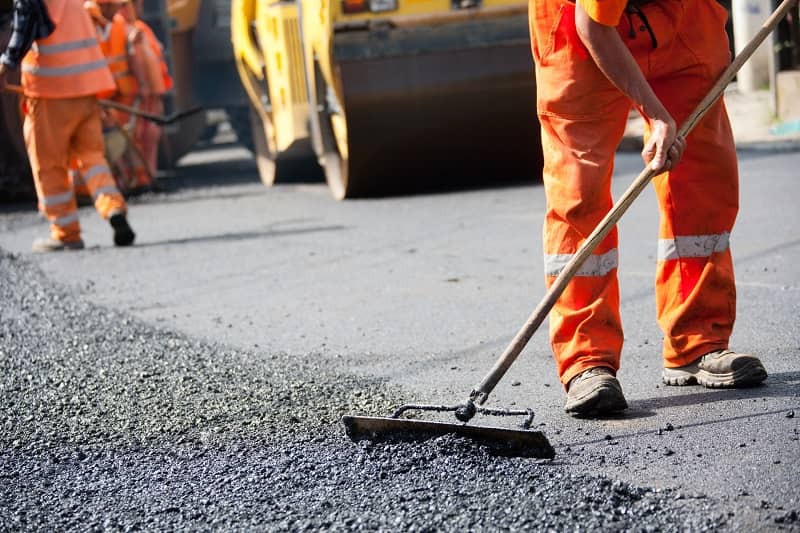

Last week we discovered that the Washington County commuter rail line, which is planned to run from Beaverton to Wilsonville, will likely carry 35 percent fewer daily passengers than originally projected. According to TriMet, the rail line was supposed to carry 4,650 daily trips by 2020. But the Federal Transit Administration claims these numbers are inflated, and pegs estimated daily ridership at only 3,000, resulting in a loss of $20 million in federal funds.
Had this anemic level of ridership been publicized back in 1996, public officials might never have committed funding for the $123 million project. But that’s the way transit projects usually work: Costs are underestimated and benefits inflated, then both are revised later after projects have been approved.
This is not just a local phenomenon. In a study published last June in the Journal of the American Planning Association, researchers from Denmark looked at 258 public works projects around the world. The Danes found that cost estimates are highly and systematically misleading:
- In 9 out of 10 transportation projects, costs are underestimated.
- Cost underestimation exists across 20 nations and 5 continents.
- Bad forecasting cannot be explained by error and seems to be best explained by “strategic misrepresentation, i.e., lying.”
It’s not too late to kill the Washington County rail project. Elected officials simply need the courage of their convictions to avoid throwing more good money after bad.
© 2006, Cascade Policy Institute. All rights reserved. Permission to reprint in whole or in part is hereby granted, provided the author and Cascade Policy Institute are cited. Contact Cascade at (503) 242-0900 to arrange print or broadcast interviews on this topic. For more topics visit the QuickPoint! archive.











